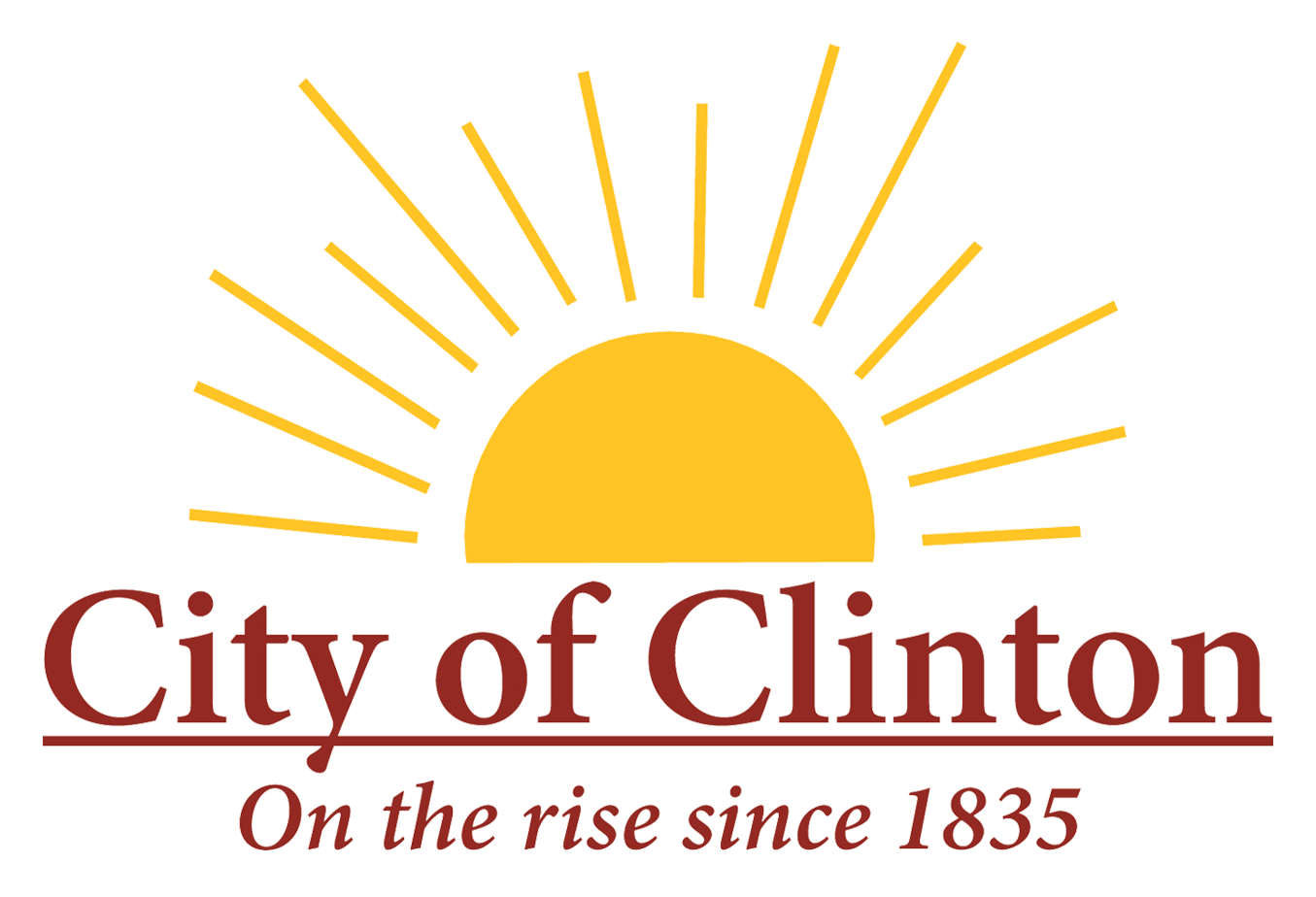The City of Clinton Tree Commission has been awarded a $47,500 subgrant by the Morton Arboretum’s Chicago Region Trees Initiative to improve the community tree canopy.
The competitive subgrant is among nearly 40 provided to nonprofits, government entities and other eligible groups through the Inflation Reduction Act funding to the U.S. Department of Agriculture Forest Service, administered by the CRTI.
The four-year grants, which do not require matching funds, are available for projects in communities that meet the federal requirements as disadvantaged. The funding can be used for projects that increase tree canopy, improve forest health, and create or enhance community forest programs.
John Baker, chairman of the Clinton Tree Commission said, “The CRTI grant will provide 30 new trees to public housing complexes and parks on Clinton’s east side. Those areas include playgrounds where much-needed shade will benefit children during hot summer days. New informational signs at the Carol McFeeters Thompson Arboretum to inform visitors of the species of trees and the names of tree donors will be possible because of the funding. The grant also allows us to extend employment opportunities to individuals with disabilities who will assist with watering of the new trees during the term of the grant.”
Partnering with the Clinton Tree Commission on the project are the DeWitt County Housing Authority and Encore Developmental Services.
Various projects included through the CRTI subgrants include tree planting and the formation of tree inventory and management plans, in both urban and rural areas, to help increase efficiency and proactiveness in community forestry, as well as support for local economies and businesses through improved infrastructure and workforce development.
“Improving the distribution of trees and green spaces directly impacts the health and economic outcomes for communities,” said CRTI Director Zach Wirtz. “Projects like this improve quality of life and boosts the urban tree canopy’s resilience to threats posed by environmental conditions, pests and diseases.”
Funding support for this project was provided by the IRA through the USDA Forest Service Eastern Region, an equal opportunity provider.

